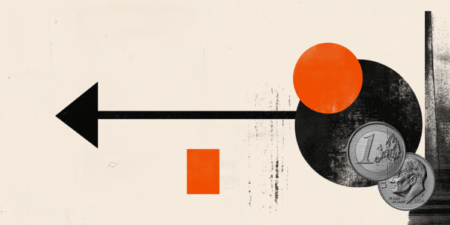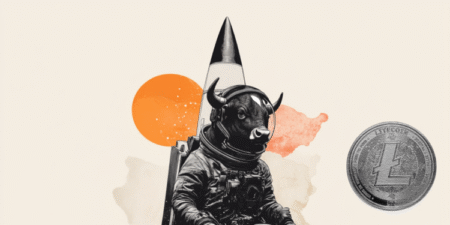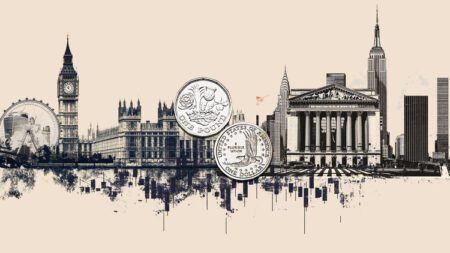- The Mexican Peso fails to respond to rising Retail Sales, with USD/MXN breaking above 19.300
- House of Representatives’ tax bill vote remains in focus, with both bulls and bears weighing the probability of a clear move in either direction.
- USD/MXN rises above prior trendline resistance with prices heading toward 19.400.
The Mexican Peso (MXN) and the US Dollar (USD) have been anxiously waiting for the release of crucial economic data and remarks from policymakers in anticipation of the next big move.
For the Mexican Peso, the release of April’s Retail Sales figures that did little to deter the movement of the pair continues to be overshadowed by the expected path of the US Dollar and the progression of the highly anticipated upcoming new “one big beautiful bill” recently proposed by US President Donald Trump.
With Mexico Retail Sales 12:30 GMT data release beating forecasts on a monthly and annual basis, developments out of the United States overshadowed the recent report, highlighting the significance of the Greenback in the current economic environment.
Meanwhile, the projected trajectory of the Greenback remains in focus as investors await further commentary from US Federal Reserve (Fed) officials and the highly anticipated House of Representatives vote on President Donald Trump’s “One Big Beautiful Bill Act.”
Market participants are closely assessing the short- and long-term implications of the proposed tax legislation, which could significantly influence the fiscal policy outlook and investor sentiment toward the US Dollar.
Mexican Peso daily digest: USD/MXN rises on hopes for a stronger Greenback
- Mexican Retail Sales increased by 0.5% in March compared to the 0.2% rise in February, with the YoY figures smashing forecasts, coming in at 4.3%, far above the 2.2% forecasts.
- As the US Dollar drives broader market direction, shifts in USD sentiment, driven by US fiscal policy, economic data, or Fed signals, tend to dictate the short-term trajectory of USD/MXN, with the Peso reacting accordingly.
- President Trump’s “One Big Beautiful Bill” aims to extend the 2017 Tax Cuts and Jobs Act and introduce new tax relief measures.
- Suggested amendments would include State and Local Tax (SALT) deductions, which are expected to triple from $10K to $30K for married couples in the US, reducing the amount of income the government receives per tax year and placing additional pressure on the fiscal budget.
- To offset the cost of expanded tax cuts, President Trump has proposed reducing expenditure on programs associated with Medicaid, food stamps, and green energy subsidies, while reallocating funds toward defense and immigration enforcement.
- On the US side, S&P Global will release the preliminary Purchasing Managers Index (PMIs) for May and Existing Home Sales data for April on Thursday for fresh economic signals.
Mexican Peso technical analysis: USD/MXN trades cautiously with trendline resistance intact
The USD/MXN has recovered from its lowest level since October, breaking through the previous psychological support level, which has now turned into resistance at 19.30.
Currently, prices have risen above the prior descending trendline established from the April decline, providing an imminent barrier of support at 19.28.
USD/MXN daily chart
The Relative Strength Index (RSI) indicator has recovered above 36.00, but continues to reflect bearish momentum. Since the 30 mark is considered a potential oversold territory, the bearish trend remains intact, with the next key support level at the round number of 19.20.
On the other hand, if USD strength resurges and prices rise above the descending trendline, USD/XN could see a retest of the April low near 19.47, bringing the 20-day Simple Moving Average (SMA) into play at 19.53.
Central banks FAQs
Central Banks have a key mandate which is making sure that there is price stability in a country or region. Economies are constantly facing inflation or deflation when prices for certain goods and services are fluctuating. Constant rising prices for the same goods means inflation, constant lowered prices for the same goods means deflation. It is the task of the central bank to keep the demand in line by tweaking its policy rate. For the biggest central banks like the US Federal Reserve (Fed), the European Central Bank (ECB) or the Bank of England (BoE), the mandate is to keep inflation close to 2%.
A central bank has one important tool at its disposal to get inflation higher or lower, and that is by tweaking its benchmark policy rate, commonly known as interest rate. On pre-communicated moments, the central bank will issue a statement with its policy rate and provide additional reasoning on why it is either remaining or changing (cutting or hiking) it. Local banks will adjust their savings and lending rates accordingly, which in turn will make it either harder or easier for people to earn on their savings or for companies to take out loans and make investments in their businesses. When the central bank hikes interest rates substantially, this is called monetary tightening. When it is cutting its benchmark rate, it is called monetary easing.
A central bank is often politically independent. Members of the central bank policy board are passing through a series of panels and hearings before being appointed to a policy board seat. Each member in that board often has a certain conviction on how the central bank should control inflation and the subsequent monetary policy. Members that want a very loose monetary policy, with low rates and cheap lending, to boost the economy substantially while being content to see inflation slightly above 2%, are called ‘doves’. Members that rather want to see higher rates to reward savings and want to keep a lit on inflation at all time are called ‘hawks’ and will not rest until inflation is at or just below 2%.
Normally, there is a chairman or president who leads each meeting, needs to create a consensus between the hawks or doves and has his or her final say when it would come down to a vote split to avoid a 50-50 tie on whether the current policy should be adjusted. The chairman will deliver speeches which often can be followed live, where the current monetary stance and outlook is being communicated. A central bank will try to push forward its monetary policy without triggering violent swings in rates, equities, or its currency. All members of the central bank will channel their stance toward the markets in advance of a policy meeting event. A few days before a policy meeting takes place until the new policy has been communicated, members are forbidden to talk publicly. This is called the blackout period.
Read the full article here















